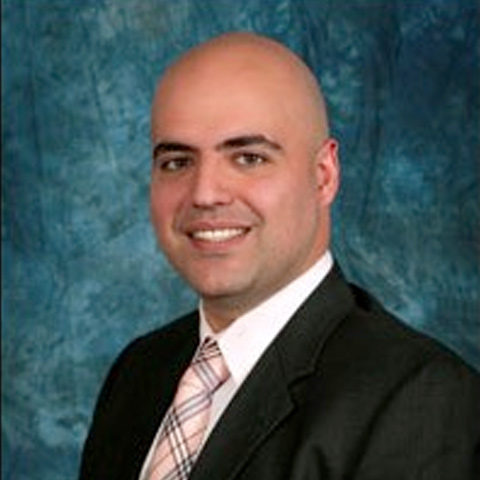
The Use of Burr Hole Surgery
Serving as an entry point into the skull as part of a surgical procedure performed by neurologist, a burr hole allows access to the affected area of the brain or skull. A burr hole is sometimes the only procedure needed to perform surgery. This type of hole may also be used to allow for the placement of drainage catheters, for exploratory purposes, or as the starting point for a more complex brain procedure.
When Burr Hole Surgery Is Necessary
A burr hole is needed when there’s a problem with brain tissue or structures within the skull. Specifically, it may be used to relieve excessive pressure on the brain, remove a blood clot, take measurements of pressure within the skull, or treat conditions causing seizures. It may also be a means of placing a medical device near or in part of the brain or removing a foreign object.
How a Burr Hole Is Made
Performed under general anesthesia, burr hole surgery starts with preparation of the area of scalp where the hole will be located and includes shaving hair. A special solution is applied to the skin to reduce the risk of infection from germs. A device is used to hold the head in place in a position appropriate for surgery. A special type of air drill designed to automatically stop once the skull has been penetrated is used to make the hole after an initial incision is made.
Recovery from Burr Hole Surgery
Several factors will determine how recovery progresses, including age, overall health, and the nature of the procedure. With some procedures, especially those involving very little disruption to tissues, a patient may be fully conscious and aware after the anesthesia wears off. If a more complex surgery is performed after the hole is made, a patient may remain unconscious for several hours, days, or weeks. Antibiotics are often given to further minimize infection risk.
A burr hole is a common initial step for most types of brain surgery. Unlike other parts of the body, a normal type of “incision” isn’t possible in the brain area due to the thickness of the skull. Burr holes allow neurologists to make very careful, controlled cuts to access the part of the brain that needs attention. It’s also a form of access that reduces risk to sensitive brain tissues.





